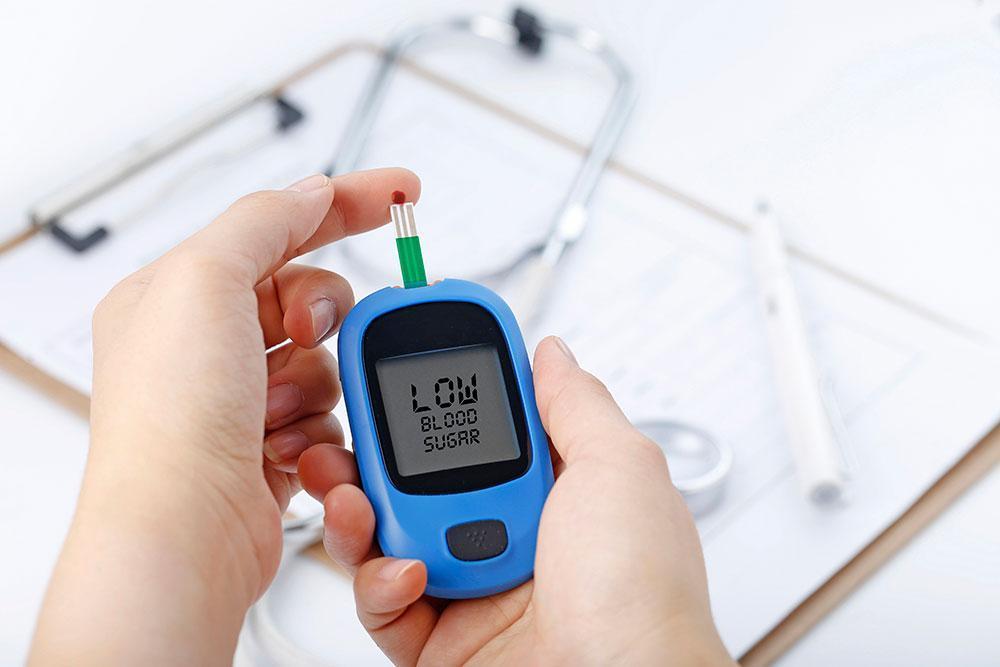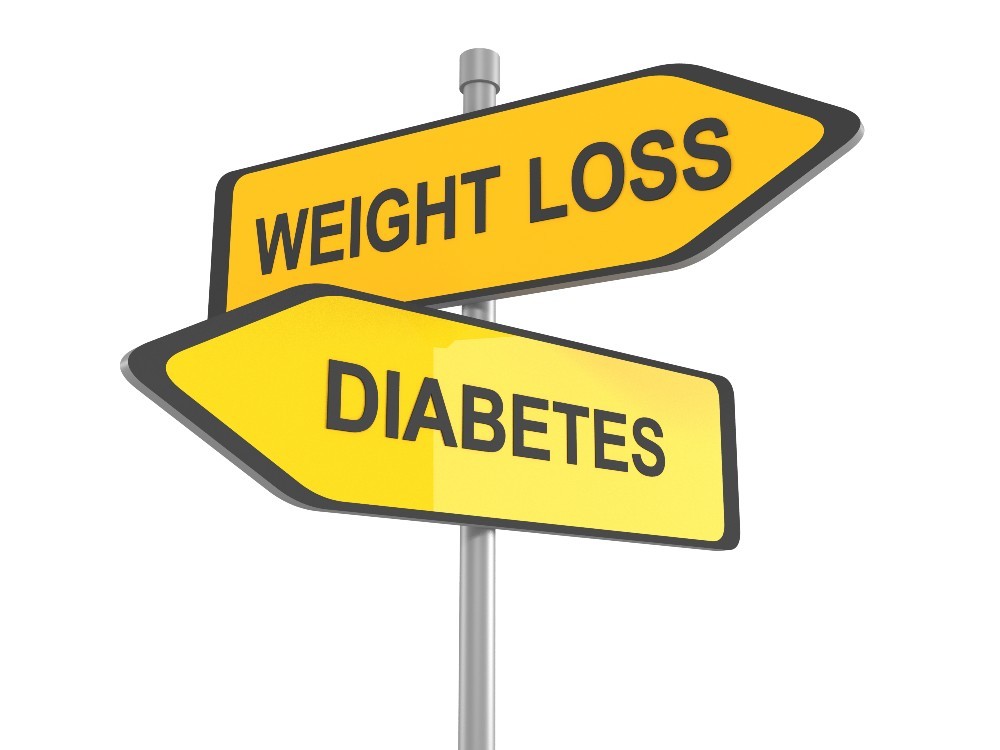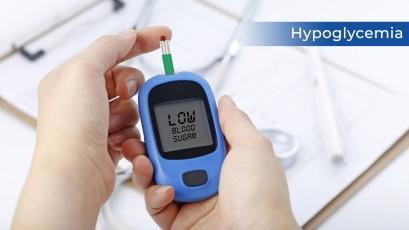Last updated on January 31st, 2022
The hallmark of HHS is severe hyperglycemia, typically with blood glucose levels exceeding 600 mg/dL. Unlike Diabetic Ketoacidosis (DKA), HHS does not involve significant ketone production. Instead, the high osmolarity of the blood leads to a profound state of dehydration, which can cause severe complications, including altered mental status and coma.
Also Read: HbA1c Test For Diabetes

Causes and Risk Factors
Common Causes
Infections:
Infections play a significant role in precipitating Hyperosmolar Hyperglycemic State (HHS) by triggering an inflammatory response that increases stress hormones and glucose production. According to Cleveland Clinic, infections are responsible for 50-60% of HHS cases. Conditions like pneumonia or urinary tract infections can push blood glucose levels to dangerous highs, especially in individuals with pre-existing diabetes.
Medications:
Certain medications are known to elevate blood glucose levels and contribute to dehydration, making individuals more susceptible to HHS. Drugs such as corticosteroids, diuretics (water pills), and antipsychotics can interfere with insulin sensitivity or increase glucose release from the liver, exacerbating hyperglycemia.
Poorly Controlled Diabetes:
According to MedlinePlus, inadequate management of diabetes is a also cause of HHS. Missed insulin doses, irregular monitoring of blood sugar levels, or failure to adjust treatment plans according to health changes can lead to uncontrolled hyperglycemia. This underscores the importance of consistent self-care and medical supervision in diabetes management.
Risk Factors
Type 2 Diabetes:
Individuals with type 2 diabetes face a higher risk of developing HHS, particularly if their condition is poorly managed. Insufficient insulin production or resistance to its effects can lead to elevated blood glucose levels, increasing the likelihood of HHS onset.
Advanced Age:
Elderly individuals are more vulnerable to HHS due to age-related changes in metabolism and higher prevalence of comorbid conditions. Aging often brings a decline in insulin sensitivity and a greater likelihood of taking multiple medications, both of which can contribute to glucose dysregulation.
Existing Health Conditions:
Coexisting health issues such as heart disease, kidney disease, and stroke can complicate diabetes management and increase the risk of HHS. These conditions often necessitate medications that may affect blood glucose levels or exacerbate dehydration, further predisposing individuals to HHS.
Additional Triggers
Recent Surgery or Trauma:
Physical stress from major surgery or trauma can induce a cascade of hormonal responses that elevate blood glucose levels. The body’s increased demand for energy and healing combined with potential disruptions in medication schedules can disrupt glucose control, heightening the risk of HHS.
Severe Illness: Acute conditions like myocardial infarction (heart attack) or stroke impose significant metabolic stress, driving up blood glucose levels. The body’s response to severe illness often includes heightened production of counterregulatory hormones, exacerbating hyperglycemia and predisposing individuals to HHS.

Recognizing Symptoms and Warning Signs
Early Symptoms:
Early signs of HHS include extreme thirst, frequent urination, and significant fatigue. These symptoms result from the body’s attempt to rid itself of excess glucose through increased urine production, leading to dehydration.
Advanced Symptoms:
As HHS progresses, symptoms become more severe. According to the National Institutes of Health, following can be the symptoms of HHS:
- Confusion: Altered mental status and difficulty concentrating are common as dehydration and hyperosmolarity affect brain function.
- Seizures: Severe electrolyte imbalances can lead to seizures.
- Coma: In extreme cases, HHS can result in coma, a life-threatening condition requiring immediate medical intervention.
Importance of Early Detection:
Early recognition of HHS symptoms is critical to prevent severe complications. Patients and caregivers should be vigilant for signs of extreme thirst, frequent urination, and unusual fatigue, and seek medical attention promptly to avoid the progression to more severe stages.
Diagnostic Criteria and Procedures
Criteria: Diagnosing HHS involves evaluating several key criteria:
Blood Glucose Levels: Extremely high blood glucose levels, typically above 600 mg/dL, are a primary indicator.
Serum Osmolality: National Institutes of Health, serum osmolality is significantly elevated in Hyperosmolar Hyperglycemic State (HHS), often ranging from 320 to 400 mOsm/kg. In contrast, normal serum osmolality levels are typically around 280 to 290 mOsm/kg. Elevated serum osmolality in HHS is linked to changes in consciousness and can potentially lead to coma if not addressed promptly.
Absence of Significant Ketones: Unlike DKA, HHS usually does not involve significant ketone production, a distinguishing factor in diagnosis.
Tests and Procedures
Blood Tests: Blood glucose tests, serum osmolality measurements, and electrolyte panels are essential in diagnosing HHS.
Urinalysis: A urinalysis may be conducted to check for the presence of ketones and assess dehydration levels.
Imaging: In some cases, imaging studies like chest X-rays or CT scans may be used to identify underlying infections or other triggers.
Treatment Approaches
Immediate Medical Care
The cornerstone of treating Hyperosmolar Hyperglycemic State (HHS) revolves around swift and decisive medical intervention to stabilize the patient and address underlying metabolic imbalances:
Fluid Replacement
Intravenous fluids are administered promptly to correct severe dehydration and restore blood volume. This initial step is crucial in improving tissue perfusion and organ function, mitigating the risk of complications such as hypovolemic shock.
Insulin Therapy
Insulin is a pivotal component in managing HHS, as it facilitates the gradual reduction of elevated blood glucose levels. Continuous intravenous insulin infusion or frequent subcutaneous injections are tailored to each patient’s needs, ensuring safe and effective glycemic control.
Electrolyte Management
Effective electrolyte management, particularly of potassium and sodium, is essential to prevent cardiac arrhythmias, muscle weakness, and other electrolyte disturbances that can arise during HHS. Regular monitoring and precise adjustments in electrolyte replacement therapies are critical based on ongoing lab tests and clinical assessments.
- Potassium: Potassium levels are closely monitored due to the risk of both hypo- and hyperkalemia during treatment. Supplemental potassium may be administered cautiously to maintain optimal levels and prevent cardiac complications.
- Sodium: Ensuring sodium balance is crucial in managing fluid shifts and maintaining cellular integrity. Monitoring sodium levels helps prevent neurological complications and ensures proper hydration status.
Monitoring and Support
Continuous monitoring of vital signs, including blood glucose levels, electrolytes, and fluid status, is fundamental throughout the treatment process. This ongoing assessment allows healthcare providers to promptly address any fluctuations and optimize therapeutic interventions.
- Blood Glucose Levels: Frequent monitoring of blood glucose levels ensures insulin therapy is adjusted appropriately to achieve target ranges safely.
- Vital Signs: Monitoring vital signs such as blood pressure, heart rate, and respiratory rate helps assess overall hemodynamic stability and response to treatment.
- Supportive Care: Addressing underlying infections, managing pain, and providing psychological support are integral components of comprehensive HHS management. Multidisciplinary healthcare teams collaborate to address individual patient needs and optimize outcomes.
By implementing these treatment strategies promptly and comprehensively, healthcare providers can effectively manage HHS, mitigate complications, and support patients in their recovery journey. Close monitoring and individualized care are essential in achieving successful outcomes and preventing recurrence of this serious diabetic complication.
Long-Term Management and Recovery

Blood Sugar Monitoring:
Regular monitoring of blood sugar levels is essential for long-term management of diabetes and prevention of HHS. Patients are advised to use glucometers and maintain a record of their readings.
Lifestyle Changes:
Sustainable lifestyle adjustments play a crucial role in preventing HHS:
Healthy Diet:
A balanced diet with controlled carbohydrate intake helps manage blood glucose levels. Including fiber-rich foods, lean proteins, and healthy fats is beneficial.
Regular Exercise:
Physical activity improves insulin sensitivity and helps regulate blood sugar levels. Patients should aim for at least 150 minutes of moderate exercise per week.
Stress Management:
Reducing stress through practices like yoga, meditation, and adequate sleep can positively impact blood sugar control.
Medication Adherence:
Sticking to prescribed medications, including insulin and oral hypoglycemic agents, is crucial for maintaining stable blood glucose levels. Patients should work closely with their healthcare providers to adjust dosages as needed.
Follow-Up Care:
Regular follow-ups with healthcare providers are essential for monitoring diabetes management and making necessary adjustments to treatment plans. This ensures that any issues are addressed promptly, reducing the risk of HHS recurrence.
Potential Complications
Hyperosmolar Hyperglycemic State (HHS) is a severe condition that, if left untreated, can lead to a range of life-threatening complications. Understanding these potential complications underscores the importance of early detection, prompt treatment, and effective management to mitigate risks and ensure better health outcomes for individuals with diabetes.
Severe Dehydration:
One of the most dangerous complications of HHS is severe dehydration. As stated by WebMD, HHS can make one’s blood thick and cause dehydration. As the body attempts to expel excess glucose through increased urination, it loses a significant amount of fluids, leading to a critical drop in blood volume. This can cause hypovolemic shock, a condition where the heart is unable to pump sufficient blood to the body, resulting in organ failure. If not treated promptly, severe dehydration can be fatal. The rapid loss of fluids and electrolytes necessitates immediate intravenous fluid replacement to stabilize the patient and prevent further complications.
Kidney Failure:
Acute kidney failure is a significant risk associated with HHS. High levels of glucose in the blood and severe dehydration place immense stress on the kidneys, impairing their ability to filter waste effectively. This can lead to a build-up of toxins in the body, further complicating the patient’s condition. Immediate medical intervention is required to manage glucose levels and restore proper kidney function. Long-term damage to the kidneys is also a concern, emphasizing the need for vigilant monitoring and early treatment of HHS.
Increased Infection Risk:
Hyperglycemia impairs the immune system, making individuals with HHS more susceptible to infections. The high blood sugar environment fosters bacterial growth, and the body’s compromised ability to fight infections can lead to severe complications. Common infections include pneumonia, urinary tract infections, and skin infections, which can exacerbate the overall condition and prolong recovery time. Addressing infections promptly with appropriate antibiotics and supportive care is essential in the management of HHS.
Long-Term Health Effects:
Persistent hyperglycemia and repeated episodes of HHS can have profound long-term impacts on overall health. According to Diabetes UK, chronic high blood sugar levels can lead to cardiovascular disease, increasing the risk of heart attacks and strokes. Additionally, neuropathy, or nerve damage, and retinopathy, which affects vision, are common complications. Managing blood sugar levels effectively through lifestyle changes, medication adherence, and regular medical check-ups is crucial in preventing these long-term health issues. Early and consistent management of diabetes can significantly reduce the risk of HHS and its associated complications, ensuring better quality of life for individuals with diabetes.
Prevention Strategies
Effective Diabetes Management:
Maintaining good control over diabetes is the primary strategy for preventing HHS. This involves regular monitoring of blood glucose levels, adhering to medication regimens, and making necessary lifestyle adjustments.
Hydration:
Staying properly hydrated is essential, especially during illness or periods of high blood sugar. Drinking plenty of water helps prevent dehydration, a key factor in the development of HHS.
Recognizing Symptoms Early:
Being aware of and recognizing the early symptoms of HHS can prevent the condition from progressing to more severe stages. Patients should be educated on the signs to watch for and seek medical help promptly if they occur.
Regular Medical Check-Ups:
Routine check-ups with healthcare providers help monitor diabetes management and identify any potential issues early. These check-ups are vital for adjusting treatment plans and preventing complications.
Conclusion
Hyperosmolar Hyperglycemic State (HHS) is a severe condition primarily affecting individuals with type 2 diabetes. Characterized by extremely high blood glucose levels and severe dehydration, HHS requires prompt medical intervention to prevent life-threatening complications. Effective management of diabetes, including regular monitoring, medication adherence, and lifestyle adjustments, is crucial in preventing HHS. By staying informed and proactive, individuals with diabetes can significantly reduce their risk of developing HHS and other related complications.
FAQ’s(Frequently Asked Questions)
The diabetic ketoacidosis or DKA often causes abnormal patterns in breathing. The Kussmaul breathing is caused by DKA. Under Kussmaul breathing people generally suffer from labored breathing or rapid and deep breathing.
In highly advanced cases of HHS, seizures, along with other altered mental conditions, can occur in patients. It can also lead to a state of coma.
The serum sodium level in the body is between the range of 135 to 145 (mEq/L). However, when the level of sodium in the body is below the 135 (mEq/L) it causes Hyponatremia.
The symptoms of hyperosmolar nonketotic coma include weakness in the body, lethargy, exhaustion in some cases, and hyperglycaemic conditions in some.
HHNS refers to Hyperglycemic hyperosmolar nonketotic syndrome and DKA refers to Diabetic ketoacidosis. HHNS is more likely to occur in old people with extremely high blood sugar level and are suffering from type 2 diabetes. However, DKA is a complication that occurs in people suffering from type 1 diabetes.
In the long term, too much sugar in the body can cause serious health problems (complications from diabetes), such as a heart attack, stroke, kidney failure, blindness (going blind) or an amputation.
Very high blood sugar levels can signify a serious and life-threatening condition called diabetic ketoacidosis (AD) or hyperglycemia hyperosmolar state (HHS). Fortunately, this health problem is rare. Getting medical attention is recommended as soon as possible if you develop this condition.
See a doctor if you have signs of high blood sugar and are ill. Speak with your doctor about how to manage your diabetes when you are sick.
Doctors treat hhs syndrome in the hospital with:
Fluids and electrolytes (minerals necessary for your body to function normally) in a vein
Insulin is a vein
Frequent blood tests to make sure your blood sugar and electrolyte levels are returning to normal values
Doctors also treat any other problems caused by HEH.
Doctors may think you have hyperglycemic hyperosmolar syndrome if you have diabetes and appear to be confused. They make sure of this by carrying out:
Blood and urine tests
The First hyperosmolar hyperglycemic state symptoms are:
Urinate in large quantities
Dry mouth and dry skin
The sensation of intense thirst
Changes in mental status, such as extreme drowsiness or confusion
In the absence of early treatment, you may also have:
Coma or hhnc
Convulsions
Disclaimer
This site provides educational content; however, it is not a substitute for professional medical guidance. Readers should consult their healthcare professional for personalised guidance. We work hard to provide accurate and helpful information. Your well-being is important to us, and we value your feedback. To learn more, visit our editorial policy page for details on our content guidelines and the content creation process.

 English
English











